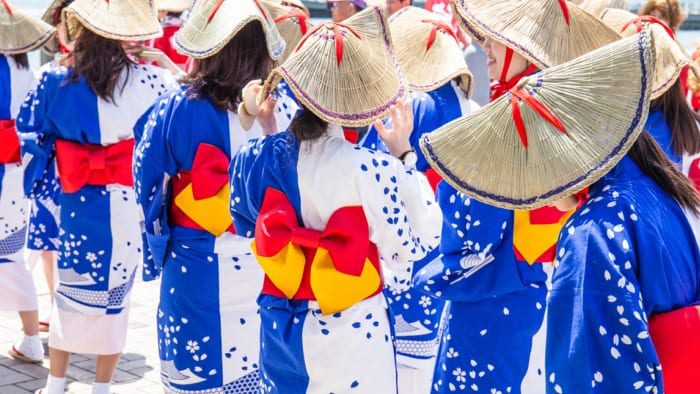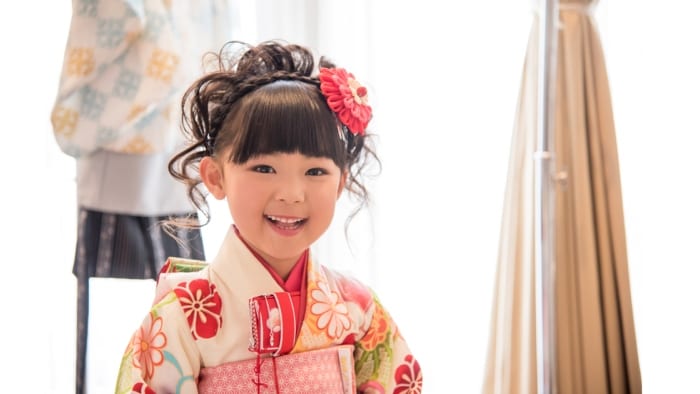The Unexpected Origins of the Kimono
Although the kimono is now regarded as a symbol of Japanese culture worldwide, its history actually traces back to Chinese fashion. Before Chinese influence, the common garments in Japan consisted of two parts: a set of layered shirts and loose trousers known as “hakama.” However, during the Nara period (700s AD), Chinese missionaries arrived in Japan to promote Buddhism and Confucianism. Along with their teachings, they brought a multi-layered, wrapped, and belted style of clothing. As Chinese fashion gained ground in the budding Japanese civilization, the precursor to the kimono emerged as the “kosode” – a robe-like undergarment with short hanging sleeves, often paired with the hakama. Over time, wearing the kosode as outerwear became more socially acceptable.
The Growth and Evolution of the Kimono
During the Heian era (794-1185), Japan isolated itself from China, leading to a transformation of its society. Direct Chinese influence waned, and Japan’s fragmented clans engaged in years of warfare among each other.
In terms of production, a significant advancement occurred with the introduction of a straight-line pattern for cutting kimonos from whole cloth. This innovation accelerated the production of kimonos compared to the past. Techniques for decorating kimono cloth expanded, incorporating new dye practices and intricate embroidery. The artistic kimonos we associate with history classes emerged during the Edo period. Some court ladies adorned themselves with up to twelve layers of kimono, creating an elaborate costume known as the “junihitoe” – one of the most intricate garments in the world.
Western Influence and the Decline of Silk
In 1853, the arrival of the US Navy in Tokyo marked a turning point in Japanese fashion. While the traditional kimono continued to be a stylistic staple for another century, machine-woven cloth from the West began to dominate over Japanese silk. Additionally, earthquakes in the early 20th century resulted in the destruction of entire collections of antique kimono robes. The imposition of silk taxes during the two World Wars further contributed to the decline of silk kimonos, paving the way for cotton and polyester garments as replacements. These new fabrics made formal and artistic kimonos more accessible to the average Japanese citizen and foreign buyers. Cotton proved to be cheaper and easier to produce than silk, shaping the course of kimono history as we know it today.



